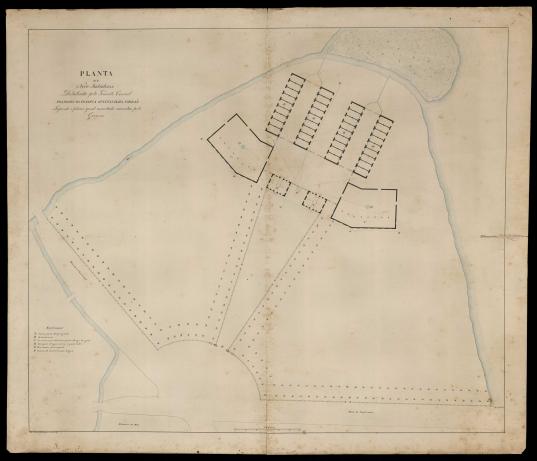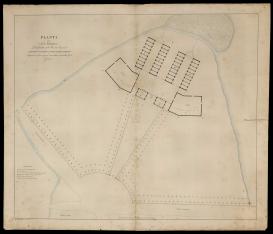If non-human animals have been central to humans, the meat provided by non-human animals has been crucial not only to feed humans through history, but also had an important role to produce meaning in human societies, to understand nature and to explain what is to be an animal and human. Not only the consumption of meat and the practices to produce meat can be studied in different disciplines, places and periods of time. Meat production also has historicity and can be used as an object that can help us to understand how the relations of the human species with the non-human animals has changed over time. Using the environmental history as our main historical tool and drawing on official publications, city council documents, traveler’s reports and newspaper publications,we study two public slaughterhouses in the city of Rio de Janeiro between 1870 and 1889, the last two decades of the Brazilian Empire. After the 1850’s epidemics and mostly inspired by the science produced in Europe, the Brazilian government began to shift in direction of new scientific practices, to think the urban environment as an important part of the Empire’s health and how and where meat was produced. Slaughterhouses were part of a process that lead the human actors to avoid the presence of non-human animals in the urban environment while the same non-human animals continued to have a crucial role in the relations between humans, their cultures and the biophysical world.

OLIVEIRA, V. A. Planta do Novo Matadouro. Detalhada pelo tenente coronel Polidoro da Fonseca... [S.l.: s.n.], 1847. 1 planta, desenho a nanquim, aquarelado, col., 68 x 80,7 cm em f. 74,9 x 87,9. Disponível em: http://objdigital.bn.br/acervo_digital/div_iconografia/icon1002479/icon1002479.jpg. Acesso em: 1 ago. 2019.

